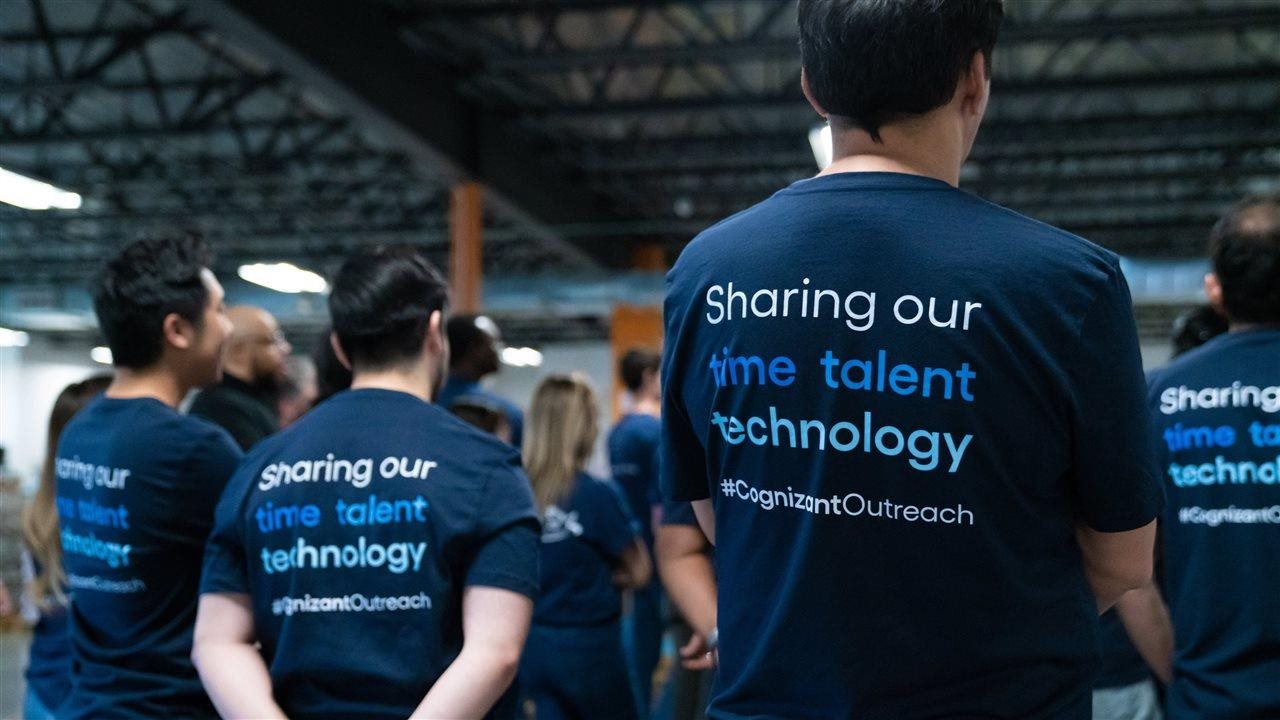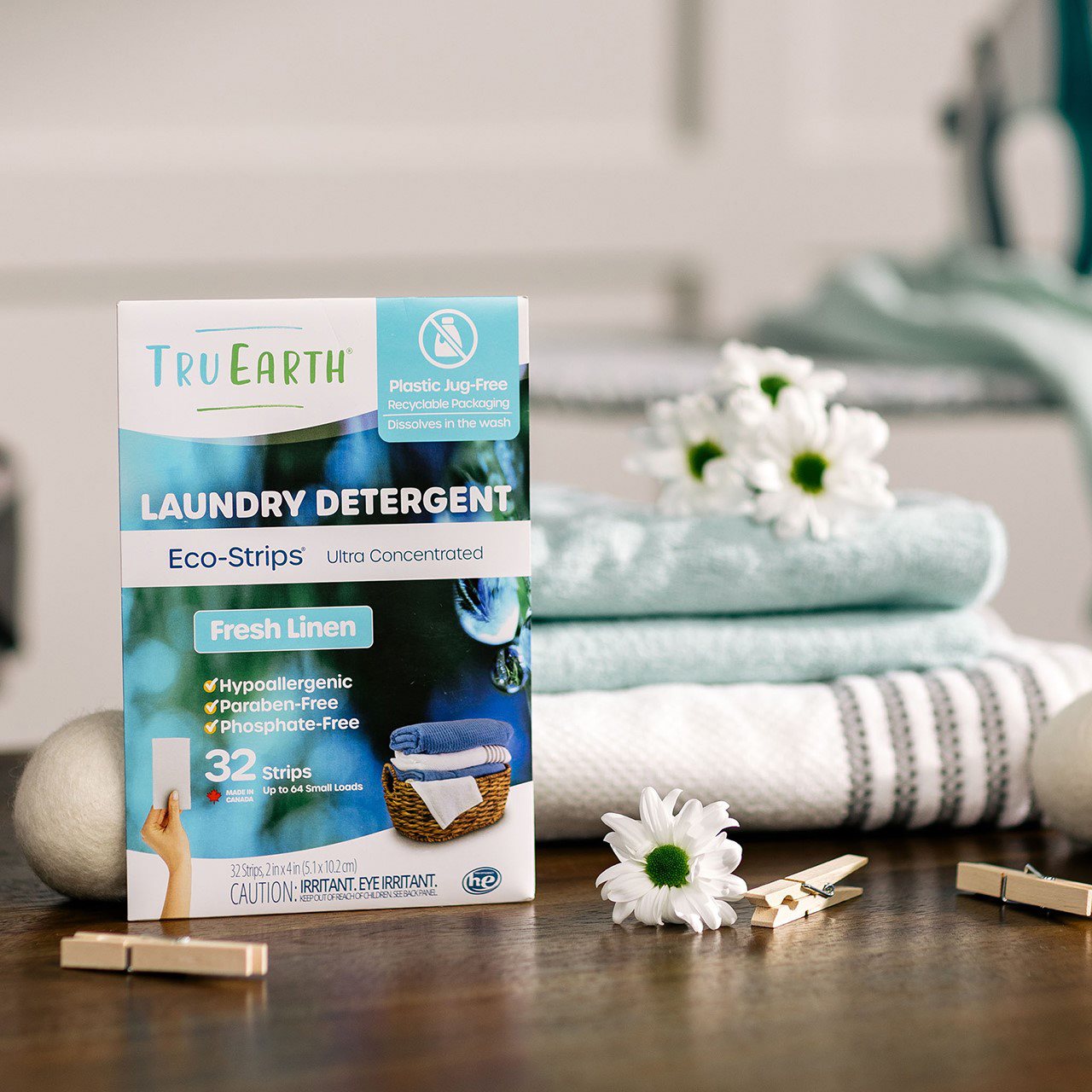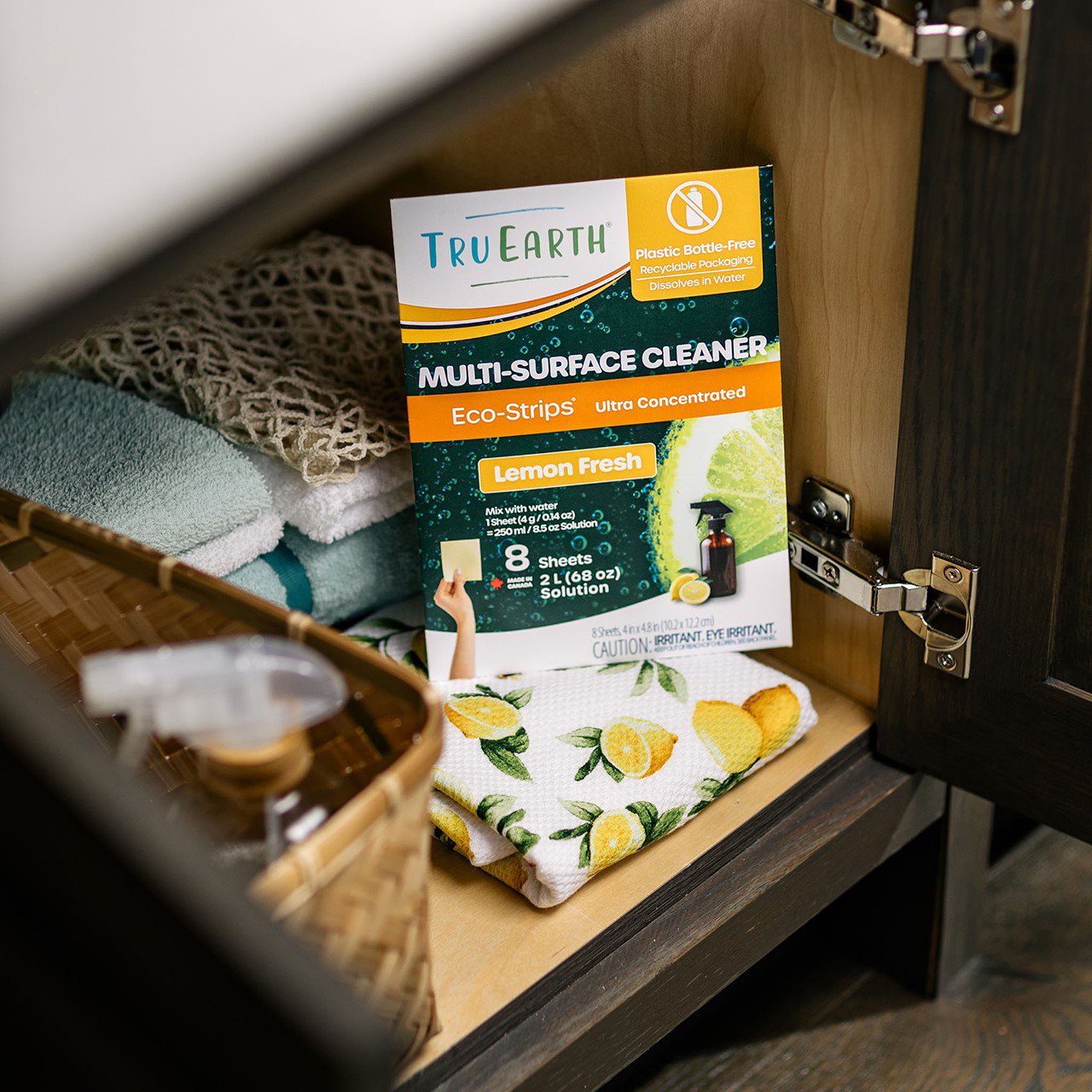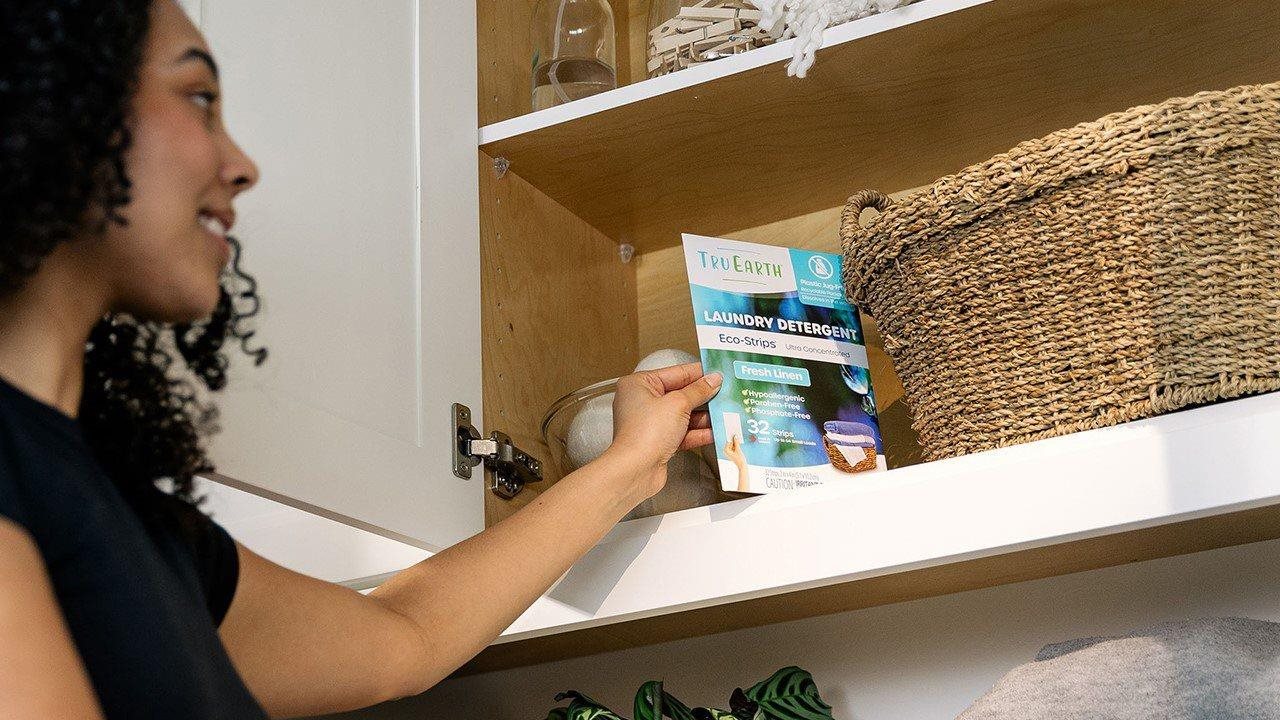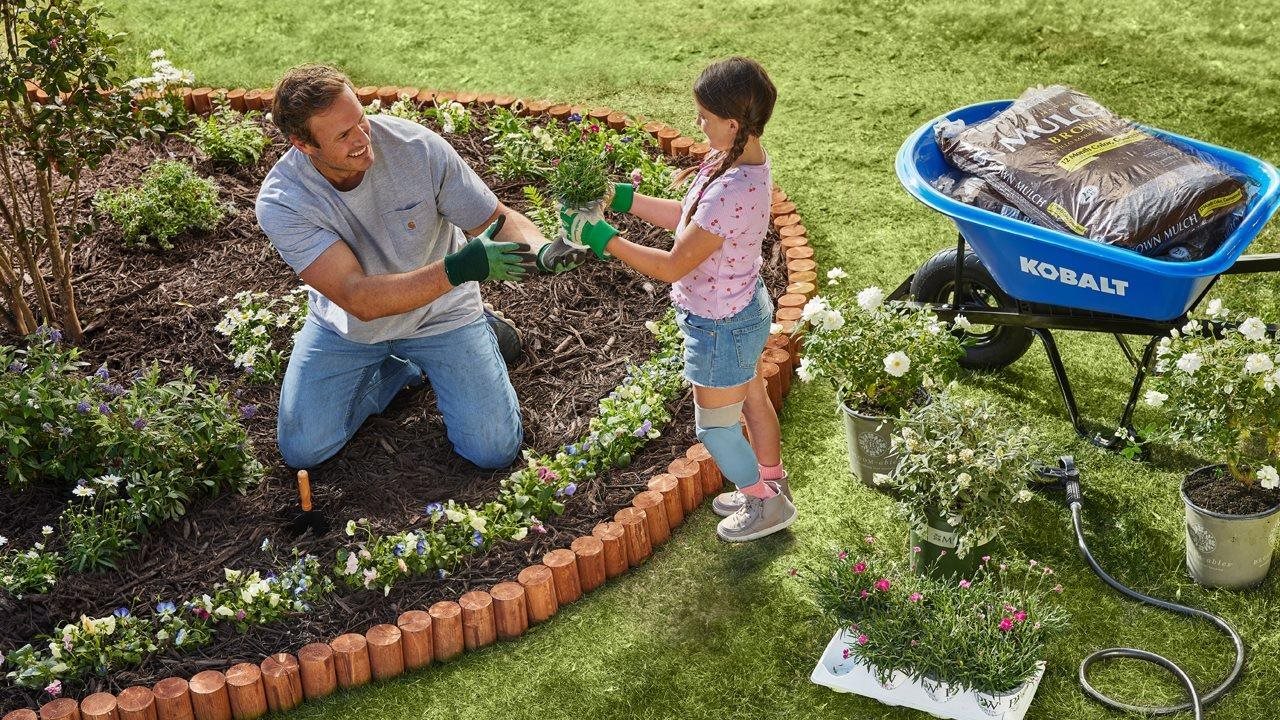2024-04-11T07:01:00
(BPT) – Sponsored by Sanofi
For many people, young adulthood is a time filled with newfound independence and responsibility. Reality begins to set in, with “adulting” tasks becoming part of everyday life, like laundry, cooking, and, perhaps most importantly, starting to take ownership of your health. These changes can set a solid foundation for the future and promote a healthy adult life, especially with the encouragement of parental figures.
Fifth-grade teacher and young adult Mary Anderson is no stranger to having to manage her own health. “I was in my fall semester of my senior year in college when I first started experiencing symptoms of a chronic autoimmune disease, such as sudden and rapid weight loss, immense fatigue, and more,” Anderson explains. “I admittedly didn’t pay close attention to what was happening at first and just chalked my symptoms up to stress. That was a mistake.”
As her symptoms persisted, Anderson decided it was time to visit her primary care physician. During that appointment, her symptoms along with a blood test revealed that she had type 1 diabetes, a condition that causes the immune system to attack healthy cells. What’s more, Anderson’s doctor shared that she was likely mere days away from diabetic ketoacidosis (DKA) — a serious complication of type 1 diabetes that can be life-threatening.
For young adults today, stories like these should underscore the importance of preparing for future wellness, just as you would a test in school. Here’s a comprehensive guide to help young adults embark on their lifelong health journey. There are also many tools available online, including educational resources when you visit The1Pledge.com.
Tip 1: Take ownership of your health:
It can be challenging at first to understand when (and how) to take ownership of your health. Just consider Anderson’s story: “Before my diagnosis, I didn’t pay a lot of attention to my health; once I was diagnosed with type 1 diabetes, however, I understood the importance of taking charge of my healthcare, which for me meant scheduling regular doctors’ appointments and monitoring my own wellness.” As a young adult, you should be empowered to become your own best health advocate, which includes the understanding of why you should not delay proactive or necessary care.
Research shows that children start becoming competent in their decision-making skills to at least contribute to their healthcare decisions as early as age 12. Early involvement in healthcare decisions — something that parental figures can empower young people to be included in — may positively impact a young person’s future health approach.
Tip 2: Schedule regular doctor visits and come prepared:
The CDC recommends regular medical checkups focused on preventative care, which can include screening tests, counseling to help you make informed health decisions, and more. When visiting the doctor, it’s critical for young adults to come to these visits armed with information about their health and family medical history. For example, if just one person in your family has type 1 diabetes, you’re up to 15x more likely to develop it too. Moreover, a history of autoimmune conditions, such as celiac disease or Hashimoto’s disease, can put you at a higher risk for type 1 diabetes. “I had no idea that my family history of type 1 diabetes increased my risk,” Anderson explains. “I’m a firm believer that knowledge is power; it would’ve been incredibly helpful to know more about my background so I could understand my risk sooner.” Knowing your risk is the first step to getting prepared for the future. To better understand your risk factors for type 1 diabetes, take Sanofi’s type 1 diabetes risk quiz at The1Pledge.com.
Tip 3: Get screened:
While type 1 diabetes can’t be prevented, it can be detected early through a diabetes-related autoantibody screening — which may give you more time to prepare and plan for the future. As Anderson noted, “I was fortunate that I caught it soon enough that it didn’t become a serious health emergency — but it was a close call. I hope that my story can encourage at least one person to go get screened because you never know what could be happening inside your body.” It’s important to talk to your doctor about screening, and determine together what options are best for you.
Sanofi does not provide medical advice, diagnosis, or treatment — information is provided for educational purposes only. Your doctor is the best source of health information. Talk to your doctor about type 1 diabetes screening or if you have any questions about your health or treatment.
Mary Anderson is a paid spokesperson for Sanofi.



